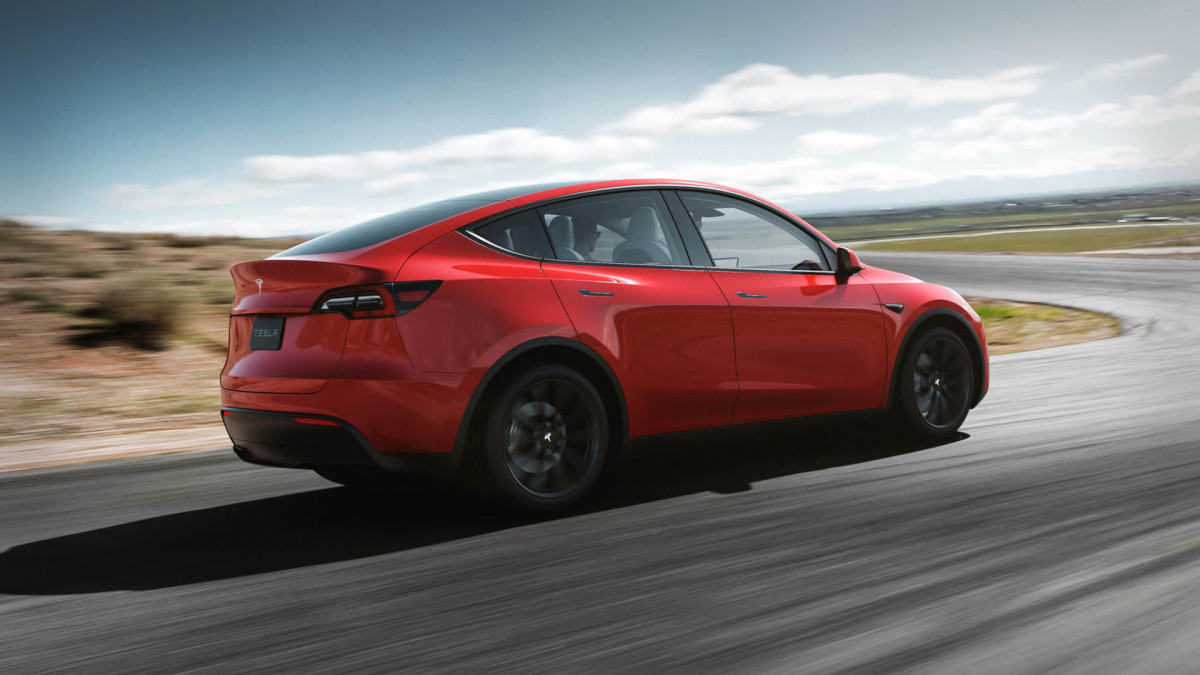Daniel in SD
(supervised)
There may be vehicle configurations that the NHTSA hasn't considered in their new rules. For example the Cruise and Zoox vehicles have rear facing front seats so they don't have front airbags (though I imagine that configuration is considered in the new rules)."NHTSA said existing regulations do not currently bar deploying automated vehicles as long as they have manual driving controls, and as it continues to consider changing other safety standards, manufacturers may still need to petition NHTSA for an exemption to sell their ADS-equipped vehicles."
Sounds contradictory to me...
I don't plan on reading it though, it's 155 pages long! (https://www.nhtsa.gov/sites/nhtsa.g...t-Protection-Amendment-Automated-Vehicles.pdf)







